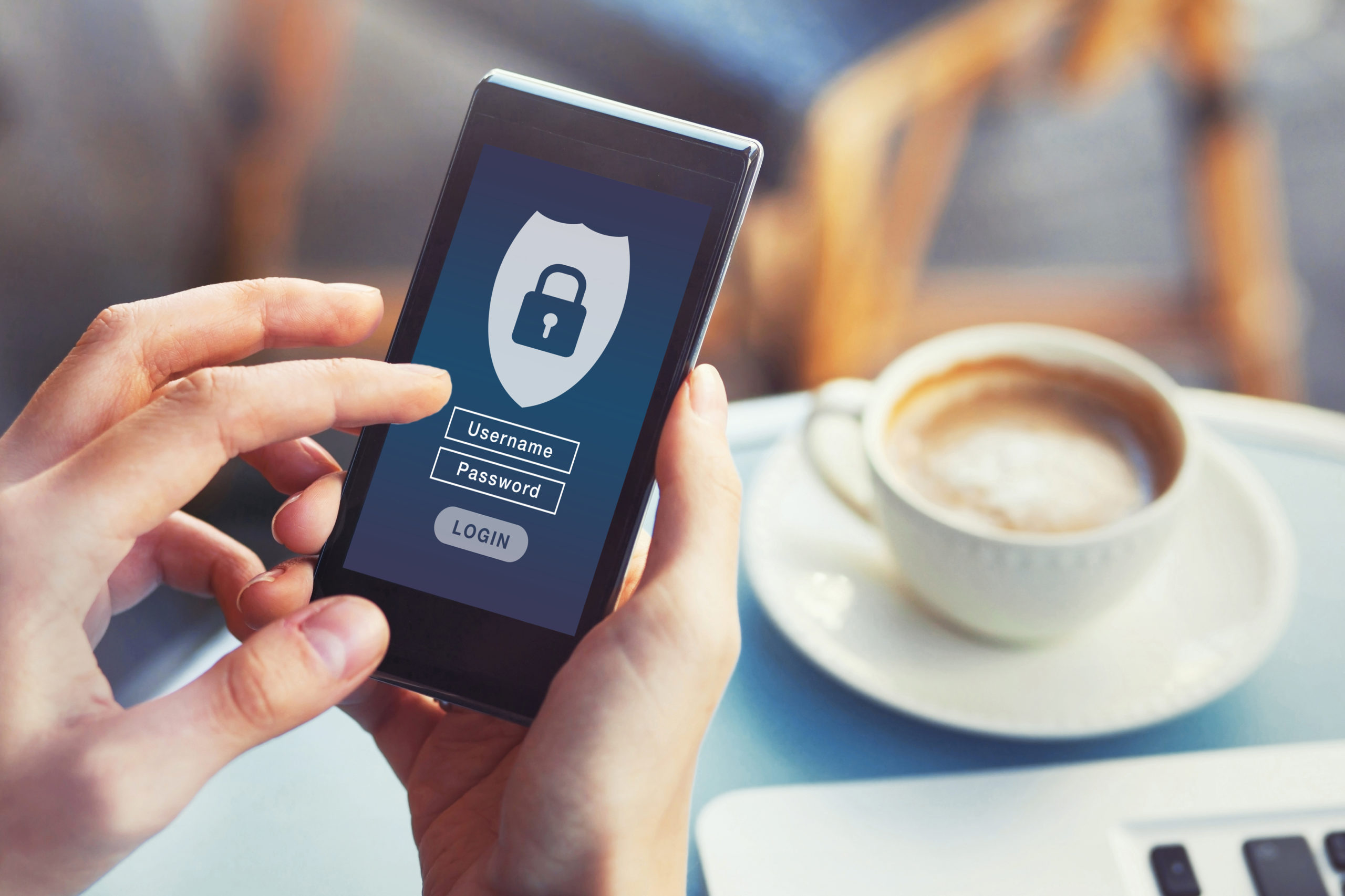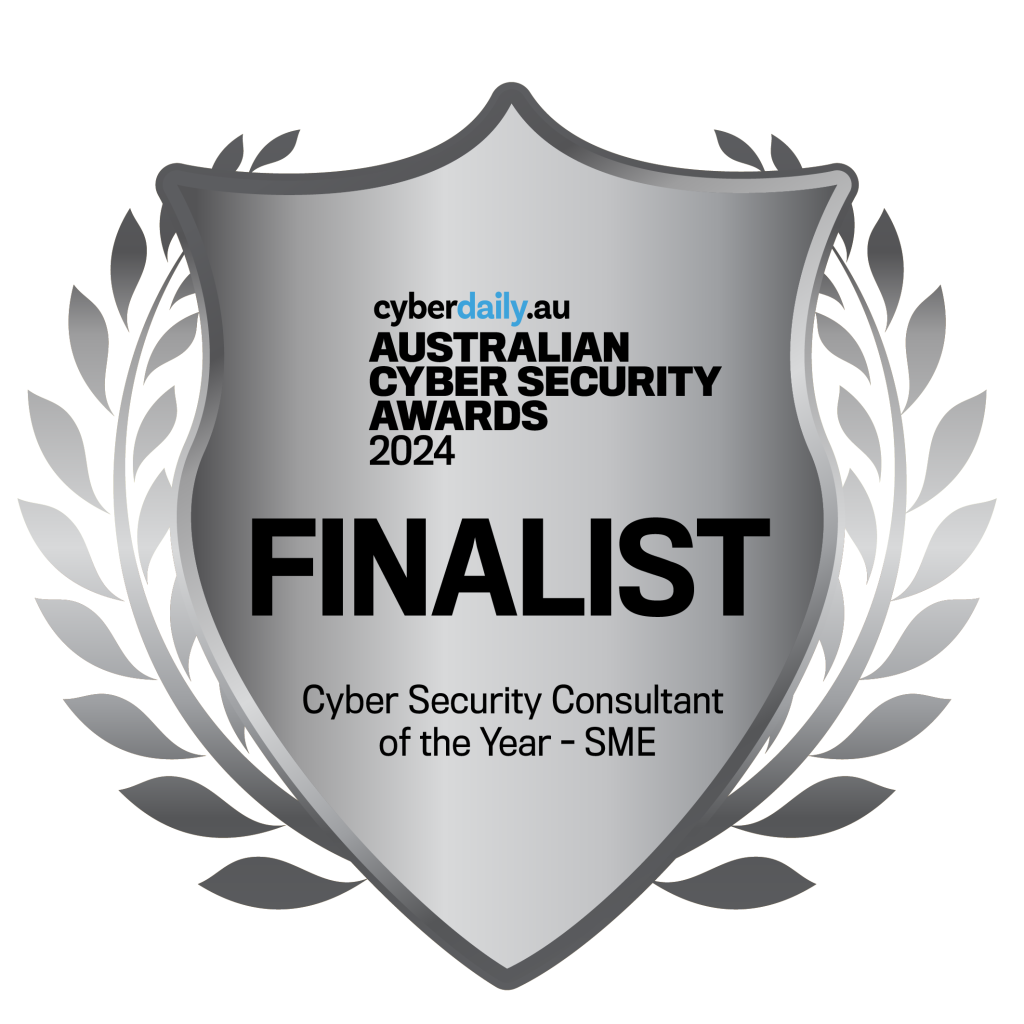In the modern era, we allow ourselves to get immersed and saturated by technology. Paying for our coffee by using our watches, fridges that order groceries, and many quizzes on Social Media (I just found out I’m a ghost chilli—thanks, Facebook) surround us every day. We rely on technology to make our lives easier, faster and more connected, but this comes with a downside.
The Internet of Things (IoT) is the generic term used to explain the countless devices communicating on the internet, each using an Internet Protocol (IP) Address. Something as simple as your watch can cause a vulnerability to your home security that could result in loss and/or compromise. But it’s not all doom and gloom—a few small steps will help secure you. Most attacks result from an opportunity; you expose yourself unnecessarily by ‘leaving your front door open’ (Nigerian Prince Scam, anyone?). Why not make it that harder than everyone else to target you and save yourself some headache?
The basic steps we recommend are:
- Change your password! P@ssw0rd is no longer secure. Sorry to break it to you. Think about something complex like a ‘passphrase’—and change it regularly. Stale passwords are worthless.
- Different strokes for different folks (or apps). It is an easy and common trap to fall into using one password for many apps or websites. The sad thing is if one site is compromised, then you’ve lost all your security. If (like me) you struggle with remembering your multitude of passwords, invest in a password vault from a reputable source (i.e., Norton).
- Update, update, update. Like us, apps and systems continually change. So do attacks and methods used. Update as quickly as you can to minimise the risk of being compromised.
- Don’t click the link! If something looks dodgy, it most likely is. If you get an email from someone you didn’t expect and looks odd, copy the email address and paste it somewhere like notes. If that doesn’t check out, then you’re being scammed. If it does, call the number provided (if no number, then alarm bells should be going). Remember, all the best technical security measures are nothing compared to one inexpert user.
There are many other options out there. But trust us, best to keep your data secure at home and work. We know what we’re talking about 😉
Ben Shepherd, Director of Mission Enabling Services

























